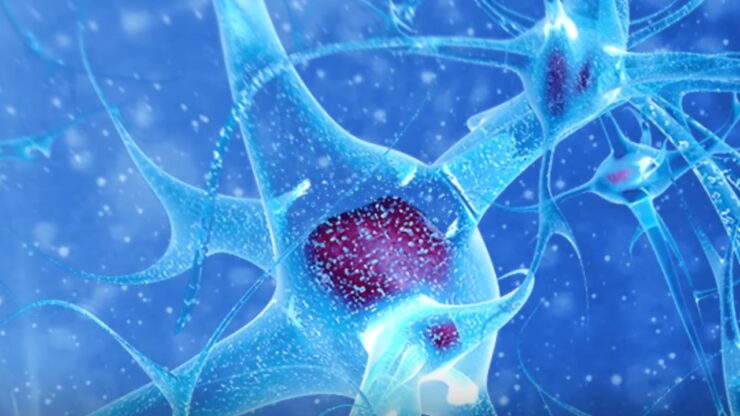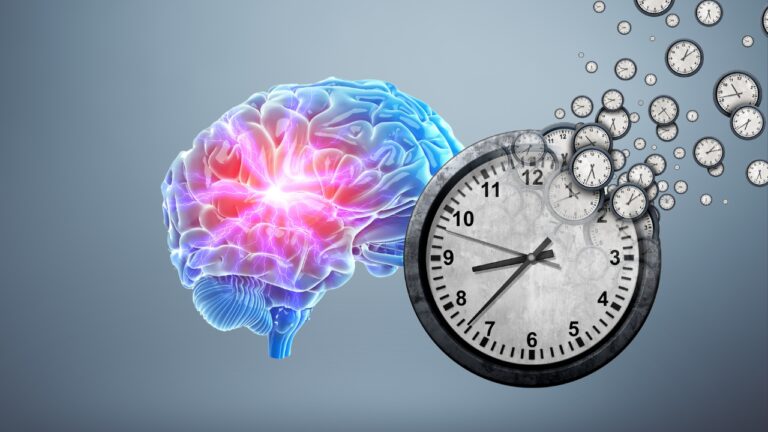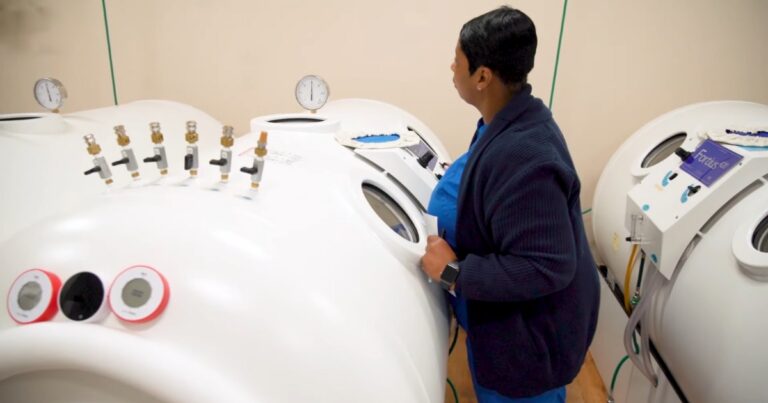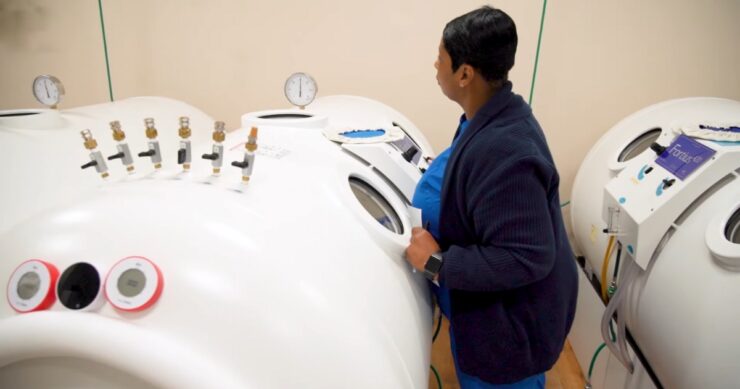Reaction time, the interval between stimulus and response, is a fundamental concept in understanding human cognitive processing and brain function. This metric not only serves as a window into the intricate workings of the mind but also holds practical significance in our daily activities.
Through this blog post, we aim to unravel the multifaceted relationship between reaction time, cognitive processing, and brain functionality. Prepare to embark on a journey that traverses through the basics of response interval, its measurement techniques, and its profound connection with cognitive operations, brain structures, and even genetic makeup.
Reaction Time Basics

Reaction time is pivotal in our daily activities, serving as a gauge for our sensory and motor systems’ efficiency. While it seems instantaneous, this complex process is influenced by various factors, including age, genetics, and experience. For instance, athletes refine their reaction times to near perfection, highlighting the role of experience and training.
Conversely, aging naturally slows response intervals, reflecting changes in brain structure and function. Understanding these factors sheds light on the intricate balance between our physiological makeup and our environment, emphasizing reaction time’s significance in our daily lives.
Measuring Reaction Time
Measuring reaction time is not just about clocking speed; it’s about capturing the intricate dance between stimulus and response. Tools range from simple tests, like catching a dropped ruler, to sophisticated computerized setups that ensure precision.
These measurements aren’t just numbers; they are a reflection of our cognitive and neurological health. However, achieving accuracy and consistency is paramount, as even minor discrepancies can lead to significant misinterpretations of an individual’s cognitive and neural functioning.
The Cognitive Connection
Reaction time is deeply intertwined with cognitive processes like attention, memory, and decision-making. When you catch a ball or dodge an obstacle, it’s not just your body reacting; it’s your mind making split-second decisions based on a cocktail of sensory information, memories, and attentional focus.
For instance, a chess player’s swift move is a testament to their honed skill in pattern recognition and decision-making, translating cognitive processing into rapid reaction. Within the realm of response interval everything’s tightly connected to human cognition and if you want to dive into its intricacies please visit TheLifesciencesMagazine.
Reaction Time and Brain Function

Delving into the brain reveals a complex network where neurons and neurotransmitters choreograph the dance of reaction time. Regions like the prefrontal cortex, associated with decision-making, and the cerebellum, a center for motor control, play pivotal roles.
Neurotransmitters like dopamine modulate this process, influencing how quickly and accurately we respond. This neural symphony underscores response interval as not just a measure of speed but as a reflection of the brain’s functional health.
Age and Reaction Time
The evolution of reaction time across our lifespan tells a story of growth, peak performance, and gradual decline. Children, with their developing brains, show progressively faster response times, peaking in young adulthood.
However, as we age, our cognitive functions and neural integrity gradually wane, reflected in slowed reaction times. This trend not only highlights the aging brain’s changing dynamics but also underscores response intervals as a potential marker for monitoring cognitive health over a lifetime.
Genetics and Reaction Time
Our genetic blueprint subtly influences the fabric of our reaction time. Studies, particularly those involving twins, have peeled back layers, revealing that genetics account for a portion of the variability in response intervals among individuals.
This insight opens fascinating avenues in understanding how intrinsic factors, handed down through generations, contribute to our cognitive and motor capabilities, painting a picture of response interval as a trait interwoven with our genetic identity.
Training and Reaction Time

Just as a muscle strengthens with exercise, reaction time can be honed through training and practice. Athletes and professionals in high-stakes environments routinely engage in specialized training to shave milliseconds off their reaction intervals, enhancing performance and safety.
This malleability of response interval underscores its potential not just as a metric of current capability but as a target for improvement, adaptable and responsive to the right kind of training.
Furthermore, recognizing the unpredictable nature of sports, many elite athletes also safeguard their futures by investing in disability insurance, a strategic measure that adds an extra layer of security to their careers and financial well-being.
Reaction Time in Everyday Life
Reaction time is not confined to the realms of sports or high-risk professions; it permeates every facet of our daily lives. From the quick reflexes required in driving to the split-second decisions in competitive gaming, a sharp reaction time can mean the difference between success and failure, safety and peril.
This omnipresence in our daily activities underscores the practical significance of response interval, far beyond laboratory measurements or athletic performance.
Reaction Time and Cognitive Disorders
The relationship between reaction time and cognitive disorders like ADHD and Alzheimer’s disease is both profound and promising. Slowed or impaired reaction intervals can be among the early warning signs of these conditions, offering a non-invasive window into the underlying cognitive and neural alterations.
Cognitive behavioral therapists, specializing in addressing maladaptive thought patterns and behaviors, play a pivotal role in enhancing cognitive function and coping strategies, thereby complementing the diagnostic and interventional potential of response intervals.
Thus, response intervals not only provide insights into the nature of these disorders but also hold potential as a tool for early diagnosis and intervention, marking a critical step in managing and understanding cognitive health.
Improving Reaction Time

Enhancing reaction time is a multifaceted endeavor, involving lifestyle adjustments, brain-training exercises, and even dietary considerations. Strategies range from engaging in regular physical activity, which primes the nervous system, to cognitive training that sharpens attention and decision-making.
Even nutritional choices can influence neural efficiency, underlining a holistic approach to nurturing and improving our response interval and, by extension, our cognitive and neurological well-being.
Conclusion
Understanding reaction time is a journey through the intricate landscape of cognitive processing and brain function. This exploration not only illuminates the fundamentals of human cognition and neural activity but also underscores the practical significance of response intervals in our daily lives.
As we have seen, factors ranging from genetic makeup to lifestyle choices can influence this crucial metric, offering a panoramic view of our cognitive and neural health. By continuing to delve into research and embracing strategies for improvement, we can elevate our appreciation and mastery of this fascinating aspect of human functioning.











